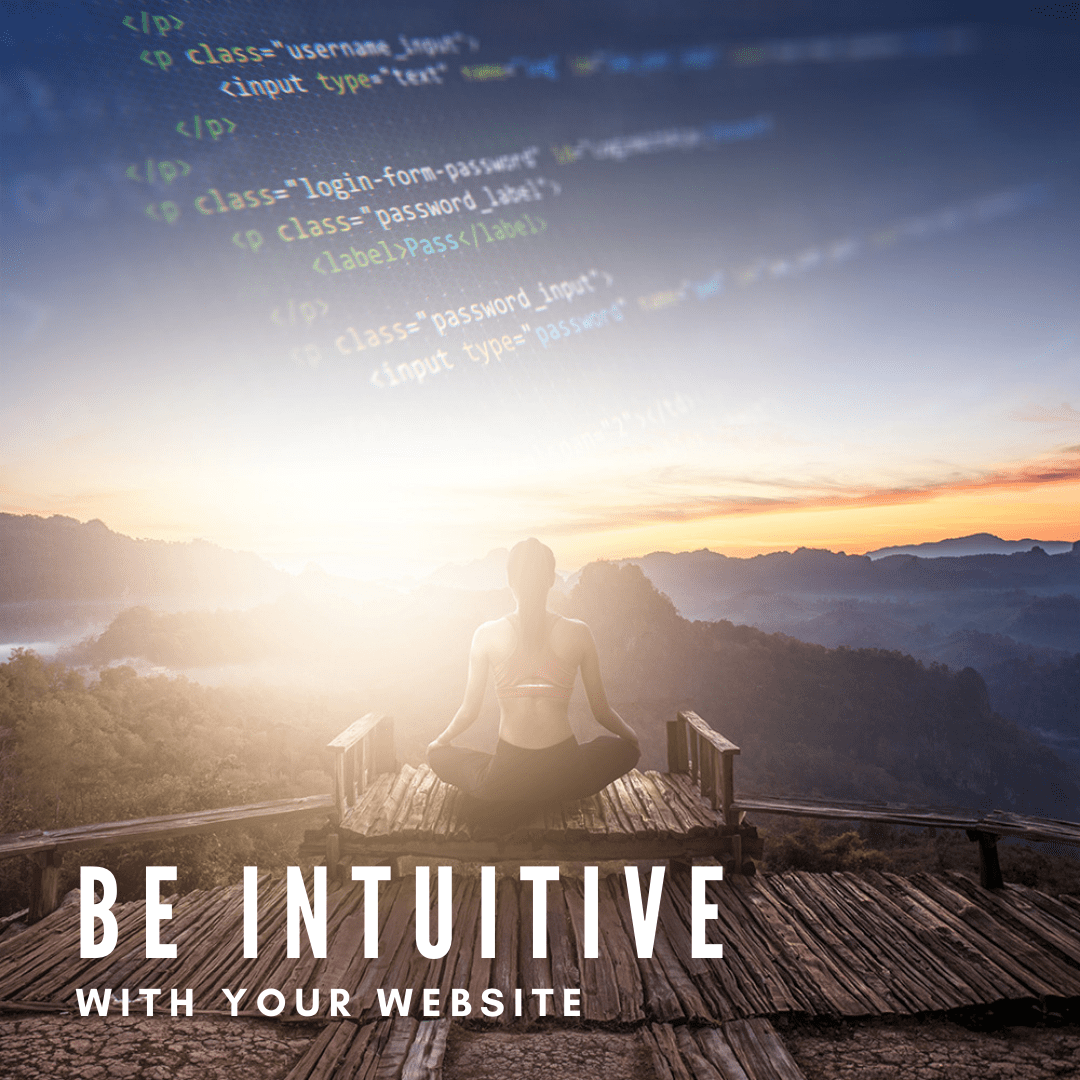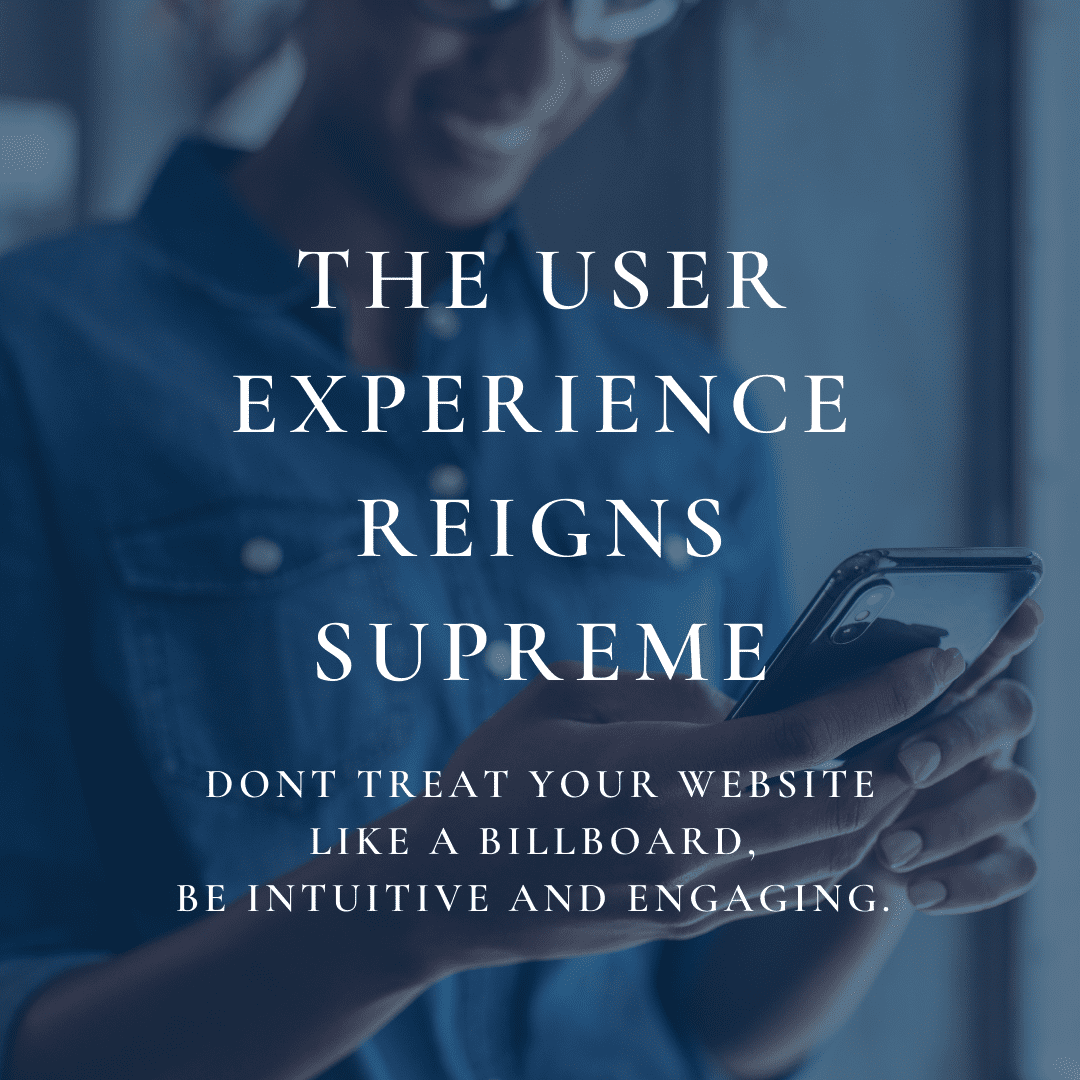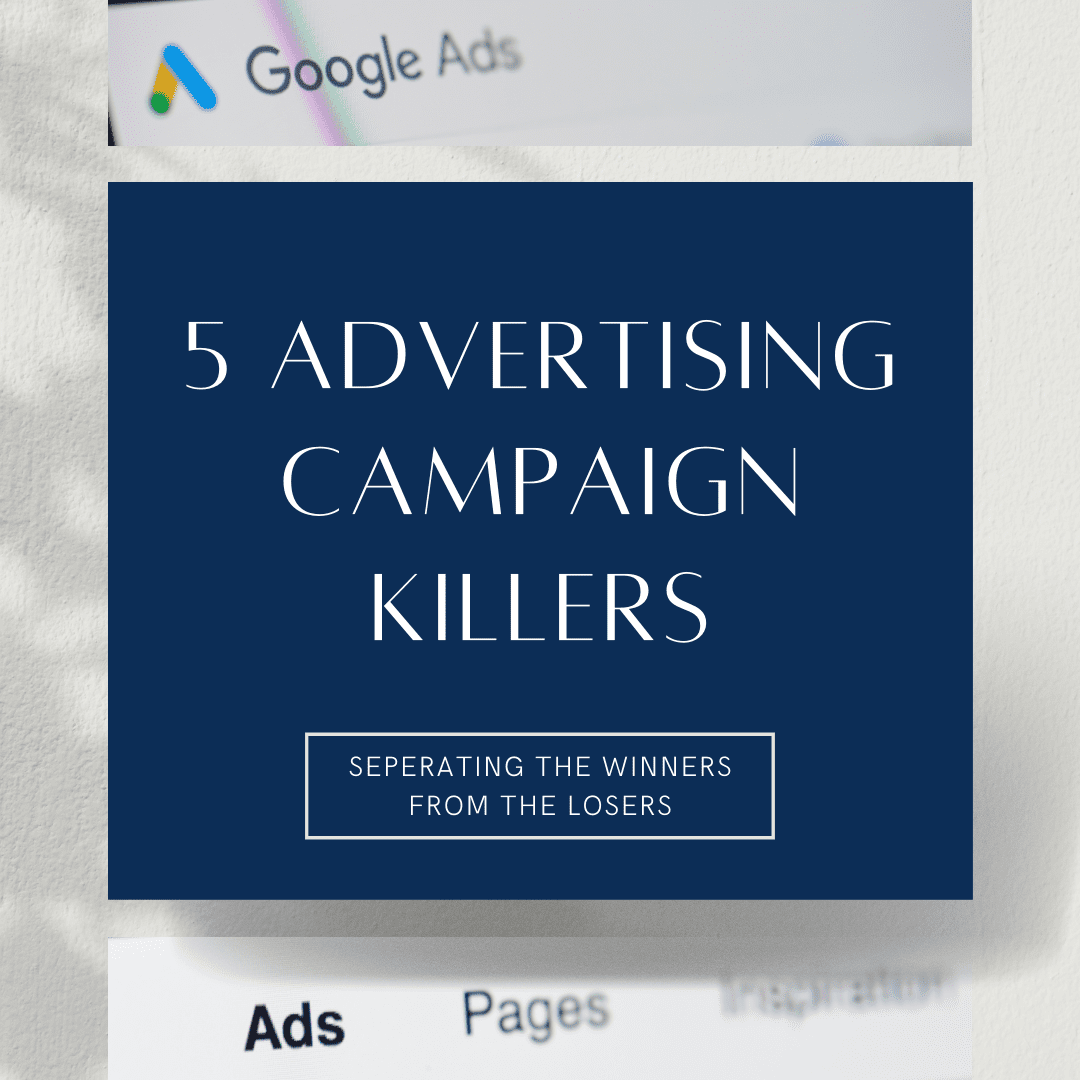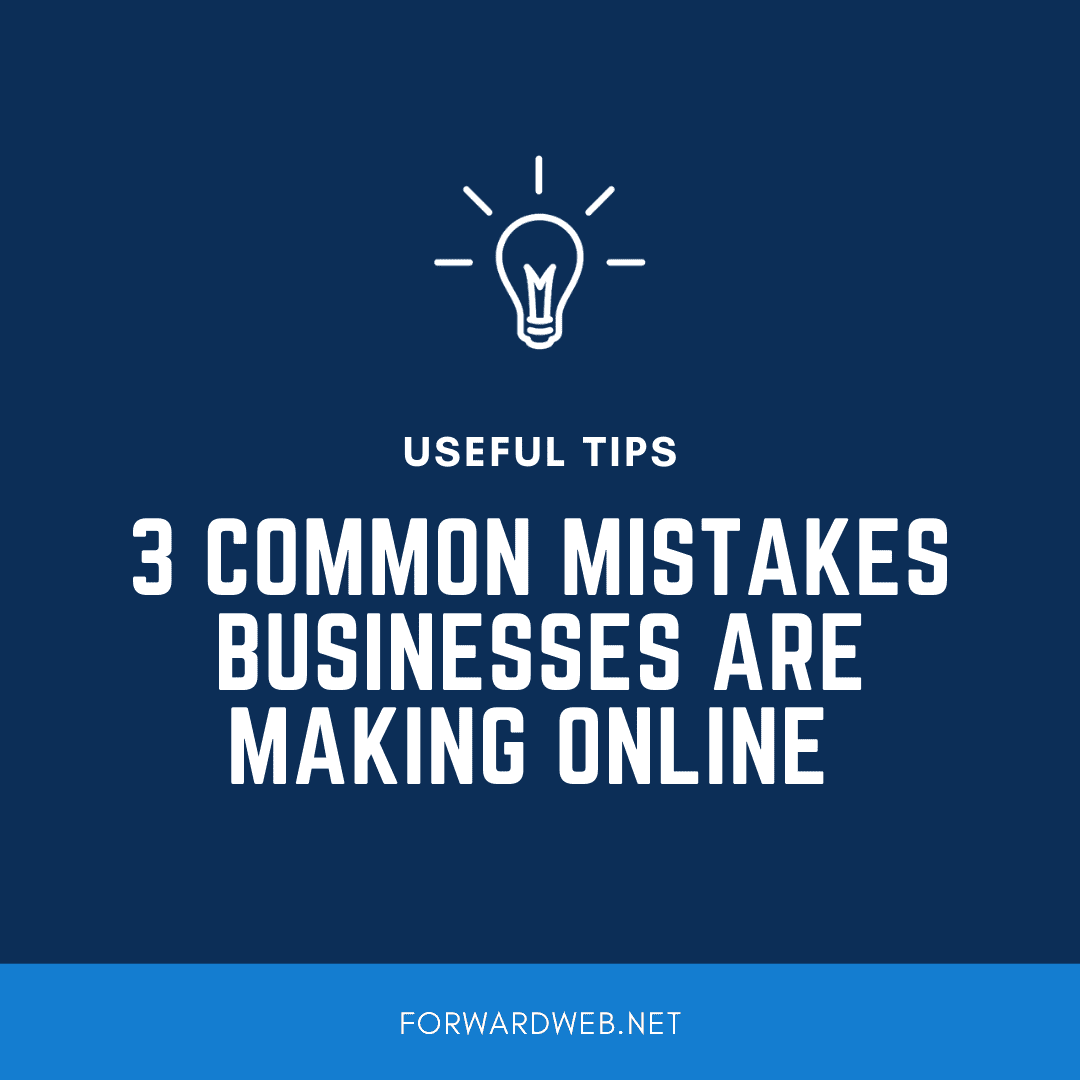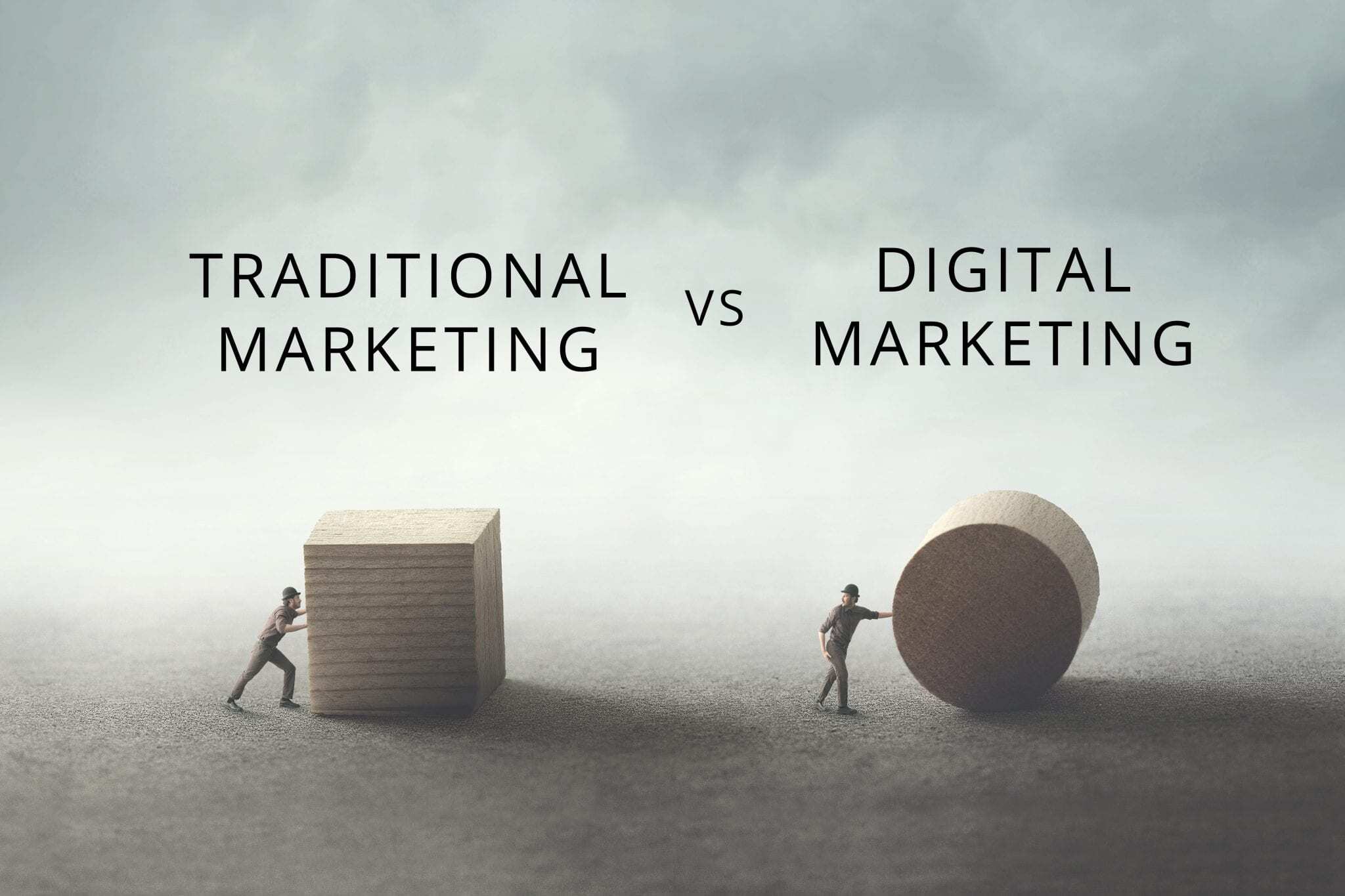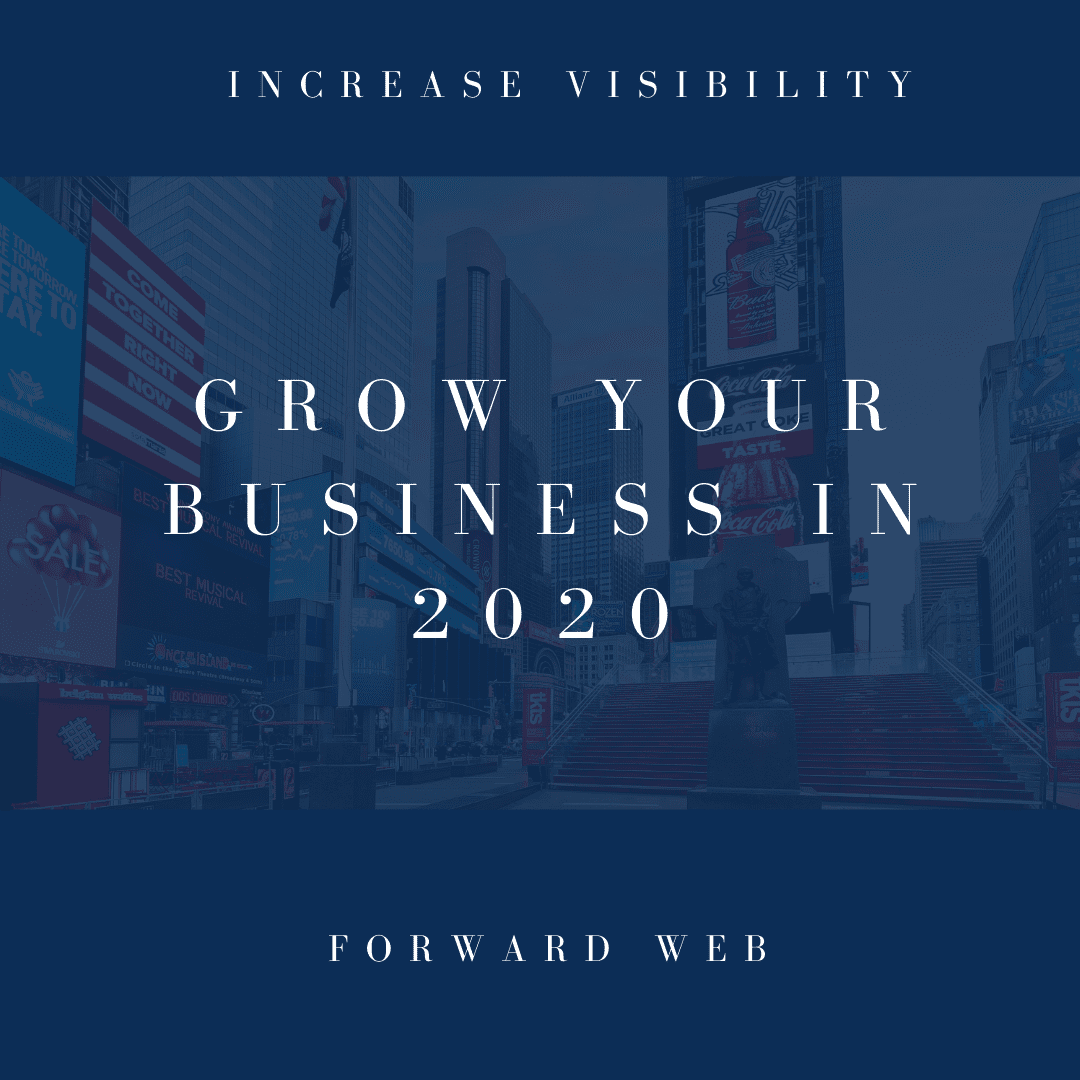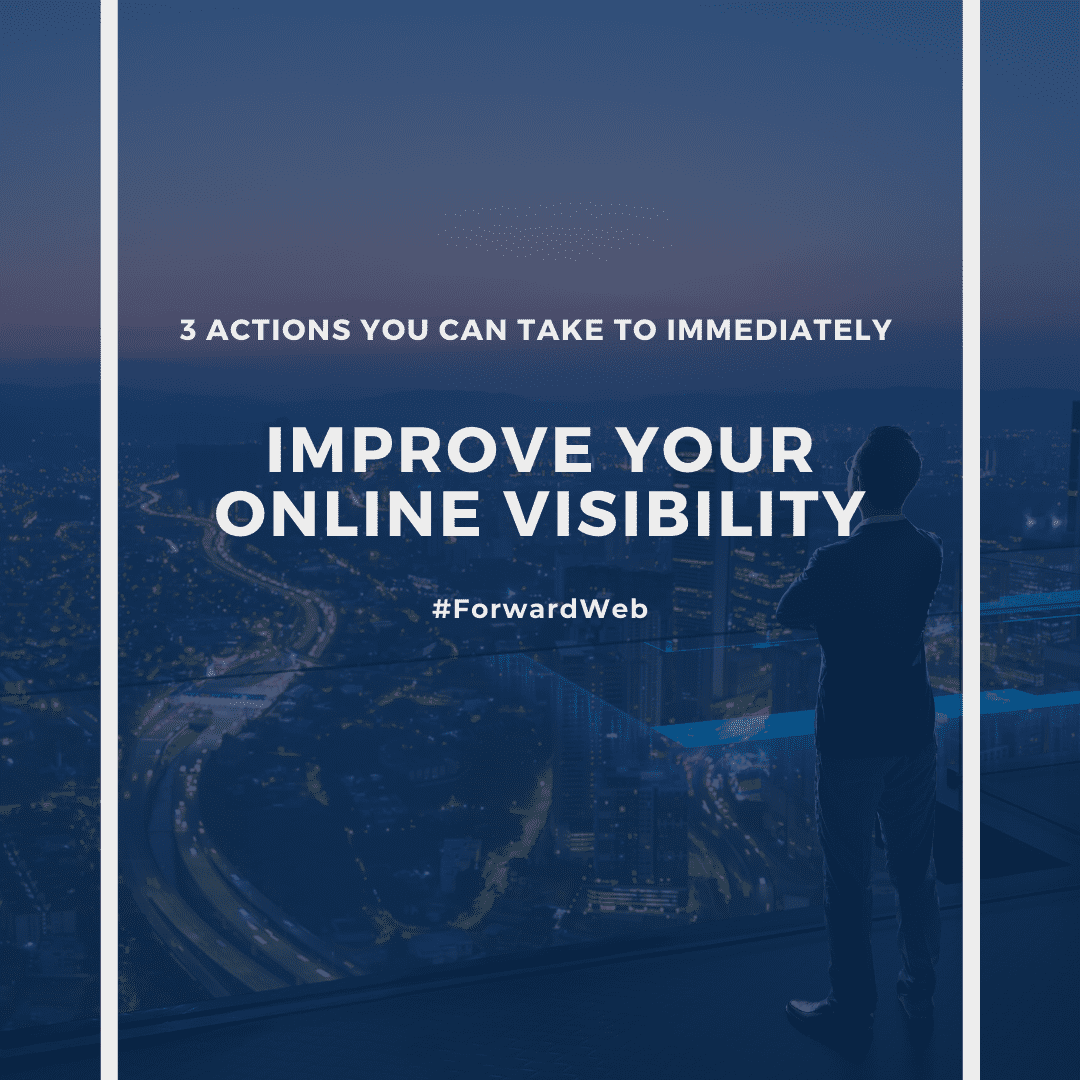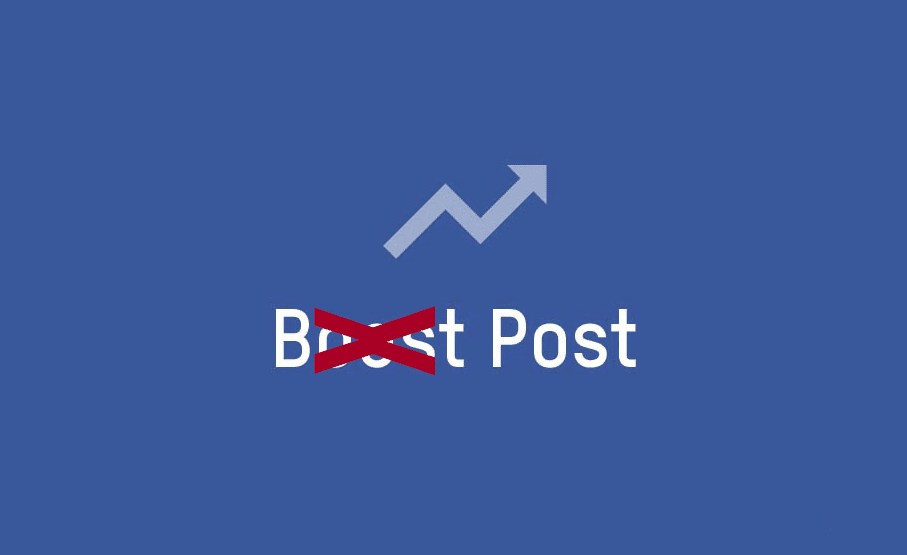Are you running any ads through Facebook, Google, Microsoft or other digital platforms? Here are 5 areas we have identified over the years that tend to separate the winners from the losers.
1. Not Accurately Identifying Your Sources.
The only way to properly gauge the performance of a campaign is to know exactly where your on-line and off-line conversions are occurring. At the most basic level, if someone makes a purchase through your on-line store, you want to know exactly where that person came from. Was it Google, Microsoft, Facebook, Instagram, word of mouth..ect? Most of this can be accomplished by adding the appropriate tracking codes to your website. However you’ll also want to go a step further and integrate a CRM that will identify identify where every visitor comes from and what actions they took on your website (if any). This is especially important if you have a service based business where your sales occur off of your website (real estate, legal, medical..ect)
The end goal is to eliminate all guess work and assumptions. With proper tracking you can make confident and accurate decsions about where you should be scaling and where you should be scaling back. Otherwise you might end up putting money into the wrong platform or eliminating budgets where you should be scaling.
2. Not optimizing your website for conversions.
In a world where companies like wixx, squarespace and other DIY platforms are increasingly pushing design. The fundamental focus of creating a website that is optimized for conversions is getting lost and ends up costing business owners thousands of dollars per month on wasted adspend.
Assuming your content is accurately targeting your audience (which is just as important). The quick gist of optimizing for conversions is making sure the website (not just the landing page) are set-up in a manner that allows visitors to quickly and efficiently accomplish tasks you are wanting them to accomplish (i.e make a purchase, make a call, send an email..ect). Generally speaking a visitor should be able to accomplish any of these tasks from anywhere on the website (regardless of device).
3. Hyperfocused on cost per click vs conversions
In a world where the focus over the past 10 years has been on cost per click, it is real easy to get hyper focused on paying the least amount of money per click vs focusing on the quality of clicks that will eventually turn into conversions (purchases, phone calls, email inquiries..ect).
A quick example of this is an optometry office that is looking to generate more clients post COVID-19. More important than the cost per click is going to be determining how much the business is willing to spend to acquire 1 new client and using that as a basis for how much you are willing to spend per click. The second part to this is identifying what the industry average for cost per click is and using that as a basis for how much you are willing to bid on for clicks through platforms like Google and Microsoft. End of the day, the cost per click does not matter as much as the cost per acquisition.
4. Unsustainable Budgets
Marketing budgets are like the food and water your body needs to survive. If your food budget is $500.00 for the month are you going to spend that on a single meal? Probably not right? The same approach should be taken with your marketing budgets. The general idea is to keep your business nourished with new traffic and visibility through out the year. If you have a 50K budget for the year, don’t spend that in the first month of marketing, stretch it out over the course of the year. The key here is consistency, the worst situation you can be in is spending 5k one month and then 3k in 7 months without any rhyme or reason.
5. Poor Campaign Management
In a world where Automation is at the forefront of just about everything we do. The management of a campaign is something that still requires constant human interaction, AI and Machine Learning still has a long way to go and if you are relying too heavily on automation for your targeting, bidding and placement, you are likely going to have a campaign that will considerably under perform. The key to success for any marketing campaign is pro-active management. As an example, if you are in a market where all of your competitors are doing the exact same thing you are doing (following Google Automated Recommendation), how well do you think your campaign will perform?
Now that we have covered the 5 key areas where campaigns typically fall short, how is your campaign performing?

